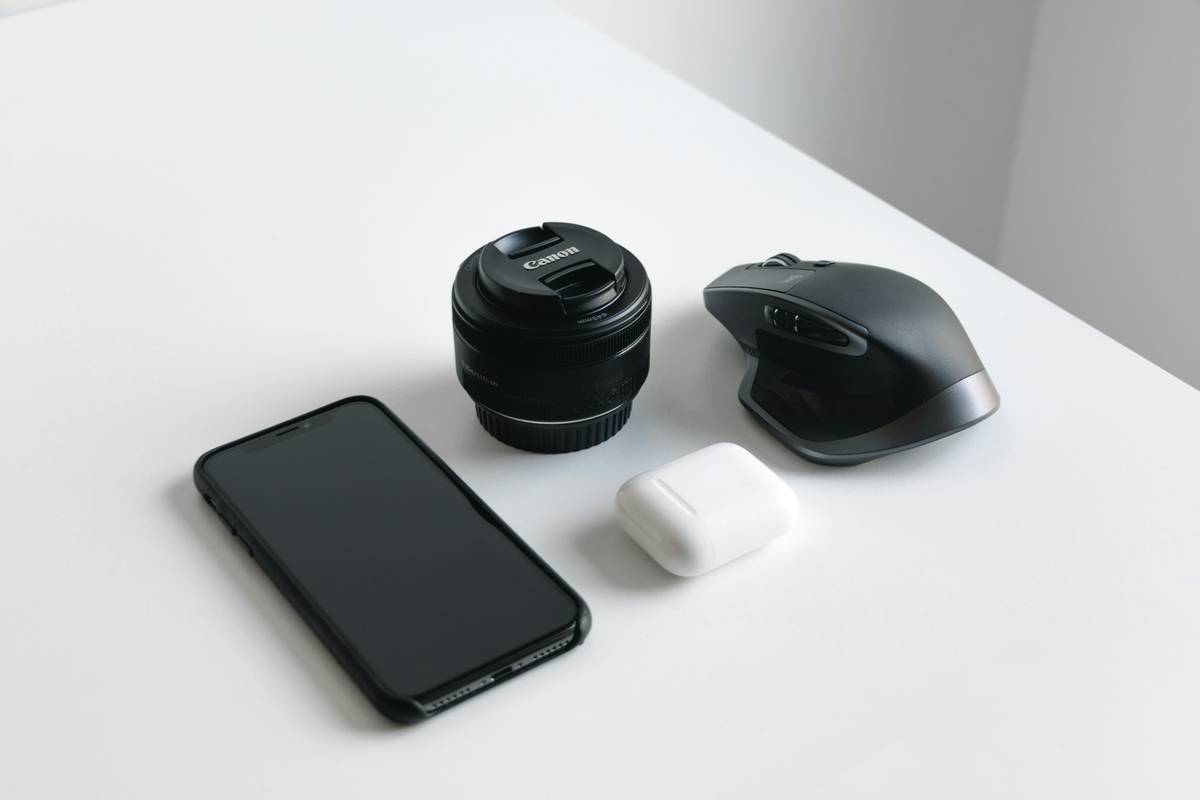Ever bought a pricey gadget, only to have it break weeks after the manufacturer’s warranty expired? Yeah, we’ve all been there. But what if I told you your credit card might already have your back—with an extended warranty benefit? It’s true! Many people overlook this hidden gem in their wallets, leaving hundreds (or even thousands) of dollars in potential savings on the table.
In this post, we’ll dive deep into how you can take full advantage of your credit card’s extended warranty for warranty items, including step-by-step strategies, tips, real-world examples, and a few laughs along the way. Let’s get to it before your next big purchase breaks down unexpectedly!
Table of Contents
- Introduction to Extended Warranty Benefits
- How Does Extended Warranty Coverage Work?
- Step-by-Step Guide to Filing Claims
- Best Practices for Maximizing Warranty Items
- Real-World Examples of Success Stories
- FAQs About Credit Card Warranties
- Conclusion and Takeaways
Key Takeaways
- Your credit card may double or extend the manufacturer’s warranty on eligible purchases like electronics and appliances.
- You need to know which warranty items are covered and ensure proper documentation.
- Avoid costly mistakes by understanding claim deadlines and exclusions.
- Leverage these benefits strategically to save money without sacrificing convenience.
What Exactly Is a Credit Card Extended Warranty, and Why Should You Care?
Before diving into the nitty-gritty, let’s define what we’re talking about here. A credit card extended warranty is essentially free added protection offered by many premium credit cards when you use them to buy certain products. Think TVs, laptops, smartphones—basically anything fragile or expensive enough to warrant extra peace of mind.

Infographic explaining key points about credit card extended warranties.
I once ignored my own advice because I thought “no one reads the fine print anyway.” Spoiler alert: My blender died three days after its one-year warranty ended. Lesson learned.
How Does Extended Warranty Coverage Actually Work?
Optimist You: “Oh, cool! So, I just swipe my card, and BOOM—free coverage?”
Grumpy Me: “Not so fast, buddy. There are rules.”
Here’s the deal: Most credit cards will match or add up to one additional year of coverage onto the original manufacturer’s warranty. However, not every product qualifies. For example:
- Eligible Warranty Items: Electronics, home appliances, and other durable goods.
- Non-Eligible Items: Vehicles, perishable goods, or used/refurbished products.
To activate this perk, make sure you:
- Purchase the item with your qualifying credit card.
- Keep the original receipt and warranty documents.
- File within the time frame specified by your card issuer.
Step-by-Step Guide to Maximizing Your Claim Process
Filing a claim doesn’t have to feel like pulling teeth. Here’s exactly what you need to do:
Step 1: Review Your Cardholder Agreement
Different issuers have different policies, so start by familiarizing yourself with yours. Look for terms related to ‘Purchase Protection’ or ‘Extended Warranty.’
Step 2: Keep All Documentation Handy
Save receipts, warranty papers, repair estimates, etc., in a single folder (physical or digital). Sounds simple, but trust me—it’s irritating when you misplace something crucial.
Step 3: File Before the Deadline
Most claims must be submitted within a specific timeframe, often 60–90 days from the issue arising. Set reminders to avoid missing out.

Image showing how to organize receipts and warranty docs for easy access.
Best Practices for Making Sure Your Warranty Items Don’t Go to Waste
- Know What’s Covered: Not everything is fair game. Read the exclusions list carefully.
- Track Purchase Dates: Missing a deadline could mean losing out entirely.
- Maintain Proof of Ownership: Without documentation, you won’t stand a chance.
- Use Multiple Cards Strategically: If you’re shopping for multiple big-ticket items, use different cards based on their individual perks.
And now for the terrible tip: Don’t assume all your cards offer the same level of coverage; each has unique quirks. Ignoring those differences can leave you hanging during emergencies.
Success Stories: Real People, Real Savings
Hear this—Sarah, a freelance graphic designer, had her MacBook Pro battery fail two months past the manufacturer’s warranty. She filed a claim through her Chase Sapphire Preferred® Card, and voila—they covered $800 worth of repairs. That’s the power of knowing how to play the system.

Image showing a satisfied customer with her newly repaired laptop.
Or consider Mark, whose smart fridge stopped cooling right as winter rolled around. Thanks to his Amex Platinum card, he got reimbursed for nearly $1,500 in repairs.
Frequently Asked Questions About Credit Card Extended Warranties
Do All Credit Cards Offer Extended Warranties?
Nope. Typically, premium cards geared toward travelers and spenders are more likely to include this perk.
Can I Combine This With Other Insurance Plans?
Sometimes yes, sometimes no. Check both policies to confirm whether overlapping coverage is allowed.
What Counts as “Warranty Items” Under These Terms?
Broadly speaking, tangible goods meant for personal use fall under warranty items. Consumables and specialty items usually don’t qualify.
Conclusion: Make Your Credit Card Work Harder for You
You’ve made it to the end of our journey together, and hopefully, you’re feeling empowered to tackle life’s little hiccups armed with knowledge about warranty items. Whether it’s that sketchy washing machine or your latest tech splurge, remember: Your credit card’s got your back—if you know how to ask nicely.
So go forth, shop wisely, document meticulously, and file confidently. And hey, maybe treat yourself to a latte afterward—you’ve earned it.
Final fun fact: Like Pac-Man chasing ghosts, staying vigilant about warranties keeps financial headaches at bay.
*Beep boop.* Remember to bookmark this guide for future reference—or share it with someone who’s still stuck in warranty limbo.


